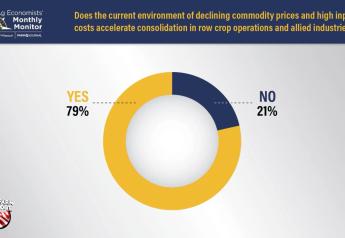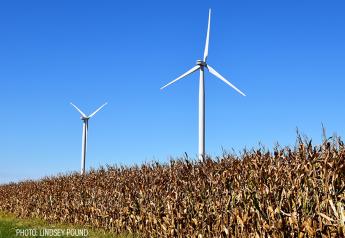February Marks The Inaugural Pesticide Safety Education Month

The Weed Science Society of America, American Phytopathological Society and the Entomological Society of America join together for the first-ever Pesticide Safety Education month. The groups plan to bring more awareness to different safety aspects of herbicides, fungicides and pesticides.
"Today pesticides are used in and around homes, apartments, workplaces, farms and a myriad of other settings to control weeds, insects, disease-causing organisms, rodents and other pests," says Fred Whitford, coordinator of Purdue Pesticide Programs at Purdue University. "That means everyone benefits when we focus on pesticide safety education. National Pesticide Safety Education Month is intended to reinforce the core principles of safe pesticide handling—from purchase to disposal."
Whether it’s drift or disposal concerns there are several safety considerations for handling pesticide products. This extended education could help farmers and applicators better use products. In addition, understanding risk of resistance in not only weeds, but fungus and insects as well will help increase the usefulness, longevity and safety of pesticide products.
Manufacturers, Extension and others often provide pesticide education and there is currently Pesticide Safety Education Programs (PSEP) coordinated by land-grant universities. This is an extension of those efforts.
PSEP is currently accepting donations that can be in a general fund or directed toward a specific land-grant program. Funds will be used to promote “public-sector education of all pesticide users,” according to Wayne Buhler, coordinator of the PSEP at North Carolina State University.







